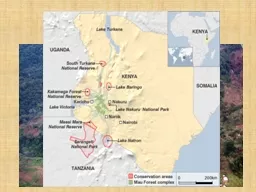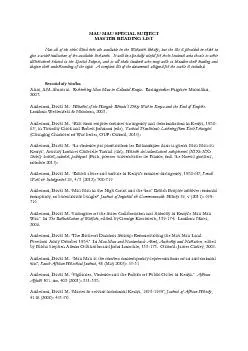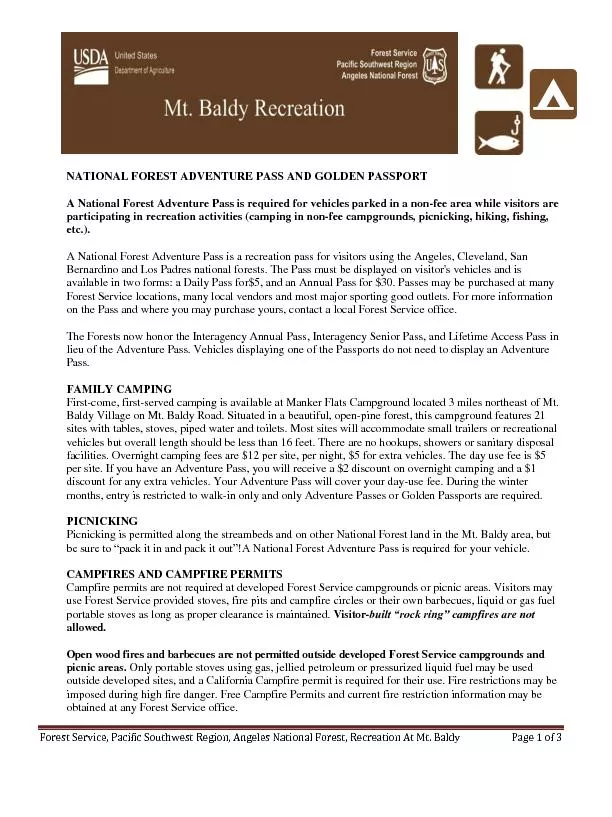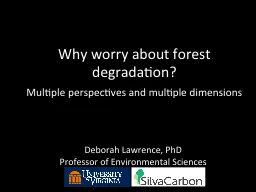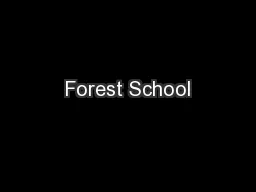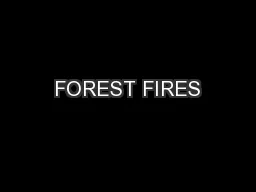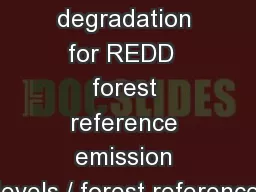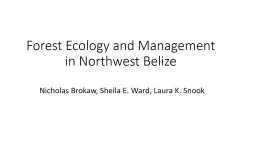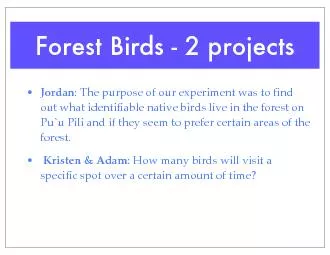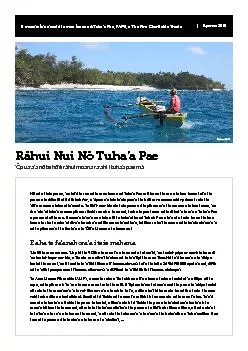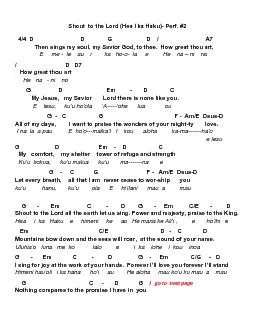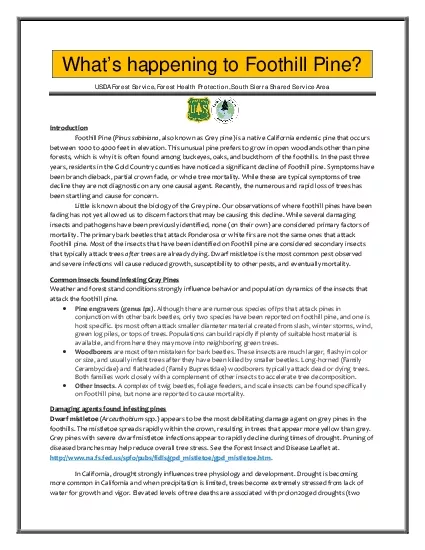PPT-Mau Forest O verview What
Author : jideborn | Published Date : 2020-07-01
is the Mau forest Largest remaining block of montane forest in Eastern Africaan area gt 400000 ha 21 Forests 1 of which Maasai Mau is managed by local government
Presentation Embed Code
Download Presentation
Download Presentation The PPT/PDF document "Mau Forest O verview What" is the property of its rightful owner. Permission is granted to download and print the materials on this website for personal, non-commercial use only, and to display it on your personal computer provided you do not modify the materials and that you retain all copyright notices contained in the materials. By downloading content from our website, you accept the terms of this agreement.
Mau Forest O verview What: Transcript
Download Rules Of Document
"Mau Forest O verview What"The content belongs to its owner. You may download and print it for personal use, without modification, and keep all copyright notices. By downloading, you agree to these terms.
Related Documents

